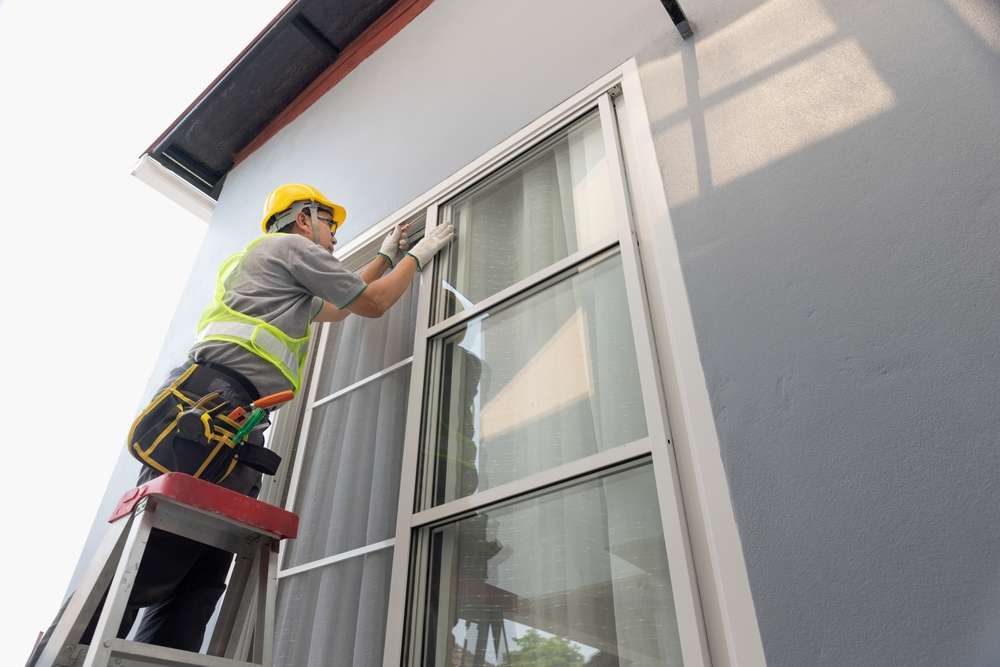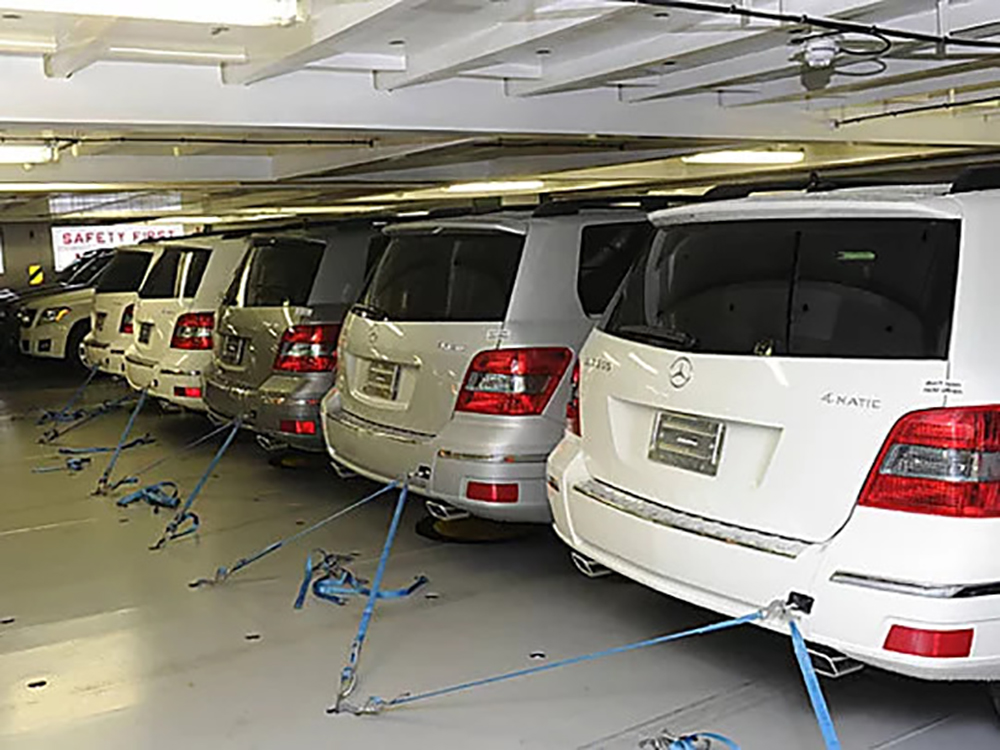Window Replacement: Options, Installation and Costs
Replacing windows can improve comfort, reduce energy bills, and refresh the appearance of a property. This article explains why homeowners choose replacement windows, the common types of frames and glazing, what to expect during installation, and how costs typically break down. The goal is to give clear, practical information for people in the UK considering window replacement or researching local services.

Why replace windows?
Windows are replaced for a variety of practical reasons: deteriorating seals or frames, drafts, condensation between panes, or to improve thermal performance. Older single-glazed units or frames past their service life often allow heat loss and noise transmission. Replacing windows can also address safety and security issues by fitting modern locks and tougher glazing. In conservation areas or listed buildings, replacement may need to balance performance improvements with planning and heritage requirements.
Which window types are available?
Common frame materials include uPVC, timber, aluminium, and composite. uPVC tends to be cost-effective and low-maintenance; timber is traditional and offers good insulation and aesthetic appeal but needs more upkeep; aluminium is strong and allows slim sightlines, useful for large windows and modern designs. Glazing options range from standard double glazing to triple glazing and specialist coatings (low-emissivity glass) that reduce heat loss. The right combination depends on budget, required thermal performance, and aesthetic or planning constraints.
How does the installation process work?
A typical replacement project begins with a site survey and accurate measurements. Where full-frame replacement is chosen, the installer will remove the old frame and fit the new one, ensuring weathertight seals, insulation of the reveal, and proper drainage. For minimal-disruption options, like insert replacements, the new frame fits inside the existing reveal. Installation time varies: a single window can often be completed in a few hours, while larger projects or those requiring planning consent and structural work take longer. Good installers provide a written schedule and warranty details.
What should you consider for energy and maintenance?
When improving energy efficiency, look for windows with a low U-value and sealed units filled with inert gas (argon or krypton) and low-E coatings that help retain heat. Ventilation and condensation control remain important—trickle vents or mechanical ventilation may be necessary in well-sealed homes. Maintenance needs differ by material: uPVC and aluminium need occasional cleaning; timber requires regular painting or staining to protect against weather. Consider lifetime performance, warranty periods, and how easy it is to replace hardware like handles and locks.
Costs and provider comparison
Real-world pricing depends on window size, material, glazing level, installation complexity, and regional labour rates. Below is a brief comparison of representative replacement options from established UK providers, with approximate cost ranges for a single typical window unit. These figures are indicative and meant to illustrate relative costs across common offerings.
| Product/Service | Provider | Cost Estimation |
|---|---|---|
| Standard uPVC double-glazed casement window | Anglian Home Improvements | £350–£700 each (estimate) |
| Triple-glazed timber-effect sash or casement | Everest | £600–£1,000 each (estimate) |
| Budget uPVC replacement window (insert) | Safestyle UK | £250–£600 each (estimate) |
| Aluminium framed double-glazed window | Local specialist contractors / national suppliers | £500–£1,200 each (estimate) |
Prices, rates, or cost estimates mentioned in this article are based on the latest available information but may change over time. Independent research is advised before making financial decisions.
These cost ranges reflect typical mid-market UK examples: basic uPVC inserts sit at the lower end, while bespoke timber or high-performance aluminium and triple-glazed units are at the higher end. Additional costs can include scaffolding, structural alterations, plastering and decorating after works, and any required planning or building-regulation approvals. Many suppliers offer free surveys and written quotations—compare detailed specifications (frame depth, glass specification, warranties) rather than headline prices alone.
Conclusion
Window replacement is a practical upgrade that can improve energy efficiency, comfort, security, and the visual character of a property. Choosing the right material, glazing specification and a reputable installer are key steps. Costs vary widely with product choice and installation complexity, so obtain multiple written quotes and check warranties and customer references before proceeding.




